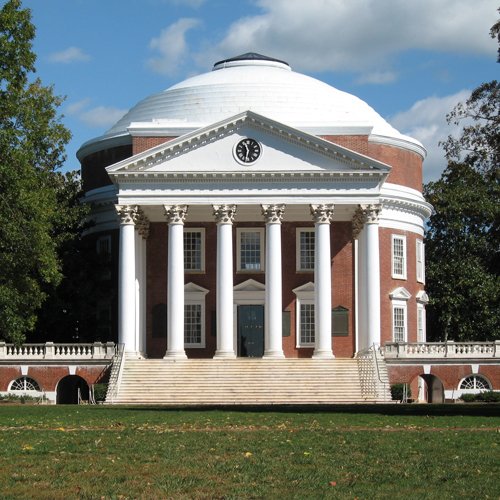University of Virginia
University Partner
A world-renowned university and medical school, the University of Virginia (UVA) supports students and faculty in many different ways. For nearly 30 years, their tech-transfer program has been helping innovators and researchers transition into entrepreneurs, startups, and successful businesses.
UVA’s Licensing and Ventures Group helps innovators bring high-impact ideas to market by providing funding and connections with local vendors who can most effectively bring concepts to life. For over a decade, SPARK has partnered with VCU’s Biomedical Engineering program develop products that change (and save) people’s lives.
“SPARK has proven their flexibility, attention to detail, and timeliness over and over. Whether our projects are early concepts or 3 years deep in R&D, SPARK continually proves they can handle almost any design and engineering situation.”
— David Chen
(Coulter Program Manager, University of Virginia)
The First Project
SPARK's first project with UVA was for a start-up company, Rivanna Medical, funded by the UVA-Coulter Translational Partnership. Rivanna had obtained a 3D CAD design from another consulting firm that simply was not suitable for low volume production. SPARK rebuilt the design from scratch with cast urethane molding in mind.
SPARK’s cost-effective, robust solution led to further design efforts with Rivanna Medical, as well as other opportunities with the UVA-Coulter Translational Partnership. Some examples of SPARK’s involvement include working with capstone projects, radiological devices, conducting design workshops with students, and serving as consultants for various staff and start-ups.
““SPARK was able to understand and deliver what we really needed, and they did it in a fraction of the time, and with a fraction of the cost compared to other firms we considered. Most importantly, SPARK was flexible to our needs and did not force us through a boilerplate product development process.””
Project Gallery
The first design for the Accuro Ultrasound device (completed by another firm) was substantially horizontal and used different imaging technology. Rivanna ultimately abandoned this approach and partnered with SPARK to develop a completely new vertical design.
Early on, SPARK provided a series of simple, ergonomic models that allowed Rivanna to obtain accurate input from clinicians for preferred orientation. Feedback from these simple models led to industrial and mechanical design of a working model that formed a strong foundation for the final Accuro design.
The plate reader originated in Dr. Jason Papin's lab in the biomedical engineering department. His lab discovered a simple method to measure bacterial growth across all 96 wells in a well plate, at the same time. They built fully functional, but crude prototypes to collect actual data and confirm the concept's feasibility.
After initial tests, they turned to SPARK to create an actual product from their invention. The unit shown served the primary purpose of market validation and funding for the creation of Cerillo. The design has since been refined and development of the MiniReader continues today. Learn more about their business at cerillo.bio
UVA's BME students often support UVA clinicians in developing new products to improve the field medicine. Brachytherpy is a method for treating cancer with pellets of radioactive material. Accurate placement of these pellets is crucial for the procedure to be safe and effective.
UVA came to SPARK with a thorough design concept in 3D CAD, but did not know how to get it made. Utilizing our understanding of materials and manufacturing processes, we redesigned the device in a way that allowed a fully functional prototype to be built.








